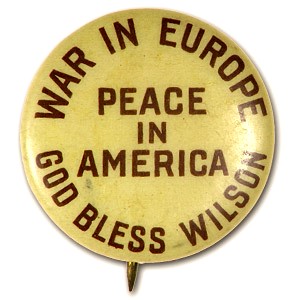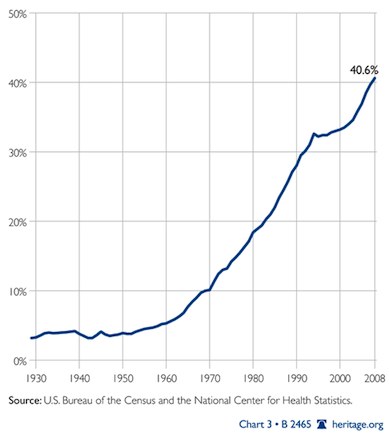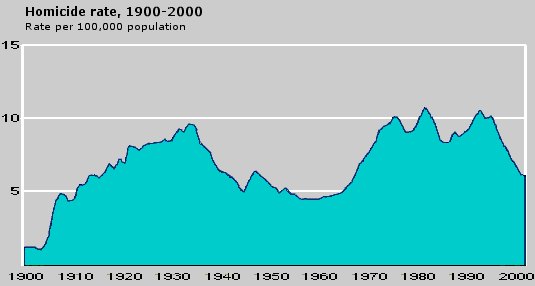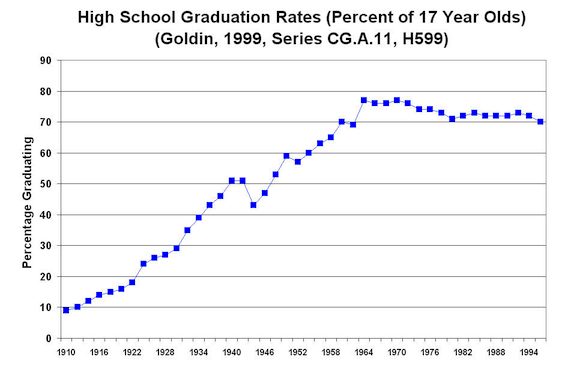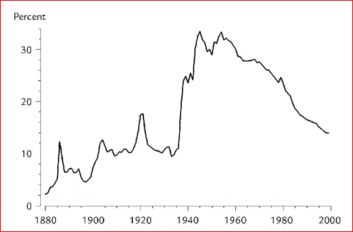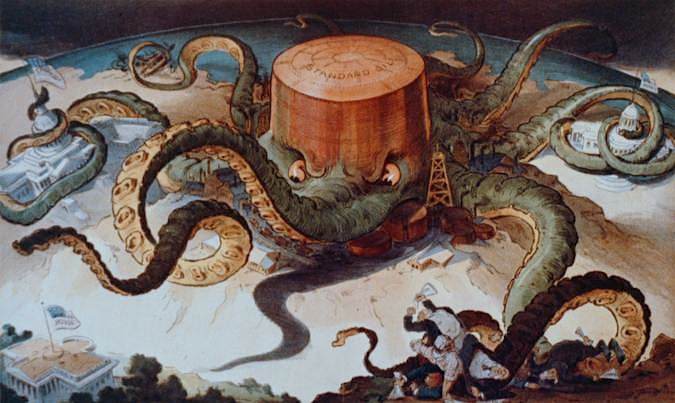5 Liberal Falsehoods of American History
Dan Bryan, April 4 2012
Some commonly stated facts about American History do not hold up. Below are five arguments and assumptions frequently made by liberals, along with evidence to the contrary.
5. The founders believed in democracy and created one with the Constitution
The Myth: The Declaration of Independence says that "all men are created equal". The subsequent women's suffrage and civil rights movements were an expansion of this legacy.
The Reality: Maybe all men were created equal, but they certainly weren't all meant to vote.
The founders were skeptical of the consequences that would ensue if all white men were ever allowed to vote in the United States. To avoid this, they used the Constitution to set up a Republic -- which would serve as a balance between the tyranny of monarchy and the tyranny of the common man.
For instance, if a man wasn't competent enough to acquire property, how could he be trusted to make decisions on the composition of the government? Thus, the right to vote in early America was attached to the ownership of property.
Their great fear was that a large government would require either heavy taxation or currency debasement, which would risk a descent into tyranny in either case. The founders had a contemporary example, as the nation of France plunged into mob rule and anarchy in the midst of national bankruptcy.
 Ironically, the Committee of Public Safety led to a more dangerous France
Ironically, the Committee of Public Safety led to a more dangerous FranceIt was with this in mind that Benjamin Franklin stated, "When people find that they can vote themselves money, that will herald the end of the republic."
4. The War on Poverty was a success
The Myth: Programs created by Lyndon Johnson's "War on Poverty" helped the reduce the rate of poverty and destitution in the United States.
The Reality: Before 1965, the poverty rate had been in steady decline since the Great Depression. This decline stopped after Johnson's programs were implemented.
Lyndon Johnson's ambitious agenda was called the "Great Society". It created programs such as Medicare, began the federal funding of education, formed numerous job assistance and community programs, and increased the scope of welfare and public housing.
Many of the Great Society initiatives were inextricably linked to the Civil Rights movement, but the steepest drop in black poverty occurred in the two decades before they were implemented. Within a couple years of the Great Society initiatives, this decline stalled.
In the years after these programs were passed (1964-1966), the following results were seen:
- The decline in the poverty rate stabilized and reversed itself.
- More children were born out of wedlock
- The homicide rate doubled
- High school graduation rates declined
This isn't to say that there should be no programs at all to aid the poor and elderly, but rather to point out the efficacy of such programs is often overstated by their advocates.
3. Labor unions were a powerful force in improving working conditions
The Myth: Slogans like "The weekend -- brought to you by labor unions."
The Reality: Labor unions were largely ineffectual until the Roosevelt Administration.
Union membership was low in the late 19th century. In 1880 less than two percent of American workers were members of a union. Even with a wave of organizing and strikes, the number only increased to seven percent at the turn of the century. Those who did belong to labor unions usually were skilled craftsmen -- people such as carpenters, engineers, stonecutters, printers, and so on. This group was more inclined to tend to its own interests, and less likely to get drawn into general strikes and political organizing.
There were some massive, well-known strikes. However, these strikes were almost universally disastrous for the unions. They usually led to pay cuts, backlashes, and decreases in membership. Only a few select trades were able to win an 8 hour day in negotiations, such as the United Mine Workers (1898) and International Typographical Union (1906).
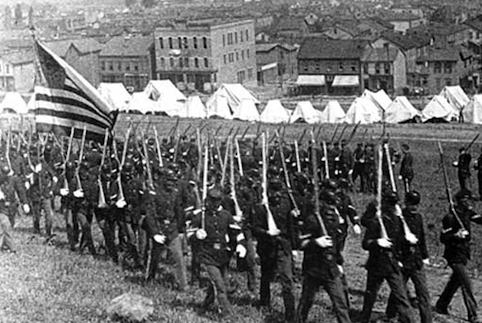 State militia march to the scene of the Homestead Steel Strike, 1892
State militia march to the scene of the Homestead Steel Strike, 1892A key turning point came in 1914 when Henry Ford implemented the 8 hour day in his factories. He did so because he concluded that alert, well-rested workers made fewer mistakes and promoted a more efficient production line. Within two years his profit margins doubled -- inspiring many imitators.
It was Franklin Roosevelt who finally enshrined the 40-hour workweek into federal law. Did his election come as a result of union support? Union membership was still around 10% in the early 1930s. It was only after New Deal reforms that union members would become numerous enough to have a significant voice in elections and legislation.
2. Modern liberalism was founded upon secular ideals
The Myth: In the liberal worldview, religion should not play a role in one's political views or actions.
The Reality: The first progressives were deeply religious, and used liberal Christianity to form their political views.
This is a myth promoted by both sides of the political divide, for different reasons, but it is one embraced by many liberals.
However the first powerful advocates of modern liberalism used Christianity to justify their political platform. The Social Gospel was an important movement which inspired many progressives and reformers, such as Jane Addams and Walter Rauschenbusch.
The first powerful liberal politician on the national scene was William Jennings Bryan -- a fundamentalist Christian. He was a steadfast opponent of evolution on the grounds that it justified the exploitation of the weak by the strong -- and of the poor by the rich and the powerful (for example, many famous people used evolution to justify eugenics in the early 20th century). He constantly used Biblical imagery in his political speeches and made a living as a traveling preacher when he was not holding political office.
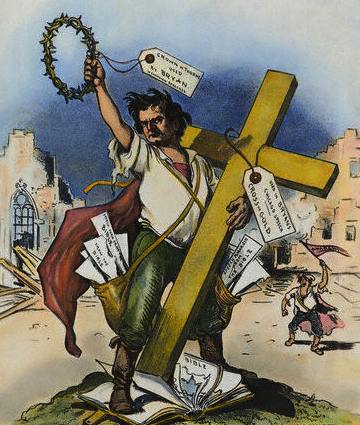 A political cartoon mocks Bryan and the famous "Cross of Gold" speech.
A political cartoon mocks Bryan and the famous "Cross of Gold" speech.As a presidential candidate in 1896 and afterwards, Bryan was one of the first important politicians to advocate for a huge number of liberal policies such as:
- A progressive income tax
- Anti-imperialism and world peace
- Regulation of child labor
- Women's suffrage
- A soft currency
- The direct election of U.S. Senators
- Prohibition
- The right to strike
- Government ownership of railroads
Before Bryan's 1896 campaign the Democratic Party had been a bastion for conservatives like President Cleveland, who was a staunch advocate of the small government and the gold standard.
Bryan's legacy and continued influence drove the progressive movement and inspired a generation of liberal politicians. None other than Harry Truman stated, "...if it wasn't for old Bill Bryan there wouldn't be any liberalism at all in the country now."
1. "Robber Barons" created monopolies at the expense of the American people
The Myth: Companies like Standard Oil stifled competition and used their monopoly power to keep prices high.
The Reality: Most of the "robber barons" greatly improved the American economy and standard of living.
The rise of Standard Oil improved the lives of most Americans. The cost of kerosene was over $2 a gallon when Standard Oil was founded. When the company was broken up in 1911 -- due to their "monopolistic" practices -- that price had dropped to only 6 cents. It may sound like a trivial improvement, but the consequences of cheap lighting for the economy and the ordinary person were dramatic.
It is also worth noting that Standard Oil only controlled 66% of the kerosene market when they were broken up, and that they had over a hundred active competitors. In other businesses their market share was much smaller.
Many of the worst business abuses were precisely the ones supported by government corruption. As one example, take the differences between Jay Cooke and James Hill in their attempts to build a transcontinental railroad to Seattle:
- Jay Cooke used his connections with government officials to obtain generous subsidies and land grants for the Northern Pacific. Paid a grant on a per-mile basis, the railroad's construction was rushed and circuitous. Northern Pacific lost money on a massive scale, and failure to redeem its bonds triggered the Panic of 1873, which in turn led to a six-year depression and nationwide unemployment.
- James Hill had few connections with government and his company purchased for itself all of the land that was necessary. Without any government support or subsidies, the Great Northern completed a transcontinental route to Washington in 1893. The Great Northern then became one of the only railroads to avoid bankruptcy in the Panic of 1893.
It's a complicated subject, but it's also safe to say that many of our most famous capitalists did great good for the United States and have been unfairly attacked in many history books.
**See also "5 Conservative Falsehoods of American History"**
